How to Adopt Van Cats: Turkey’s Famous White Feline with Heterochromatic Eyes
The Van Cat is one of the most special and unique cat breeds in Turkey. They attract attention not only with their appearance, but also with their unique characteristics and history. The Van cat is a purebred cat breed that was naturally bred around Lake Van in the Eastern Anatolia region of Turkey. In this article, you will find everything you need to know about Van cats: their origins, physical characteristics, character structure, care, breeding processes, cultural significance and much more.
What is Van Cat?
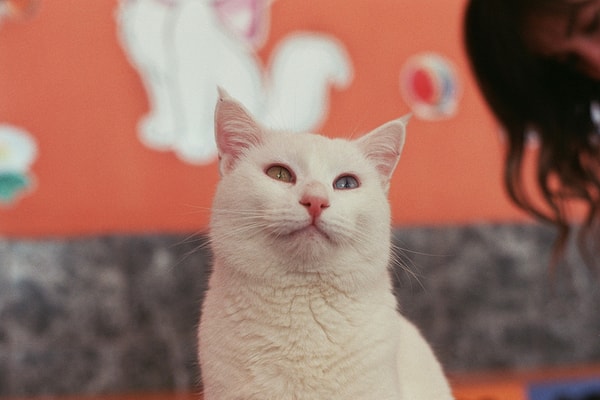
The Van cat takes its name from the province of Van, the region where it lives. This cat breed is considered a natural breed with a history of thousands of years. The fact that it has not undergone any artificial hybridisation process genetically is one of the most important features that distinguish the Van cat from other breeds. The Van cat, which is a part of the Turkish animal genetic heritage, has been scientifically protected especially since the 20th century and has become a national symbol.
Physical Characteristics of Van Cats
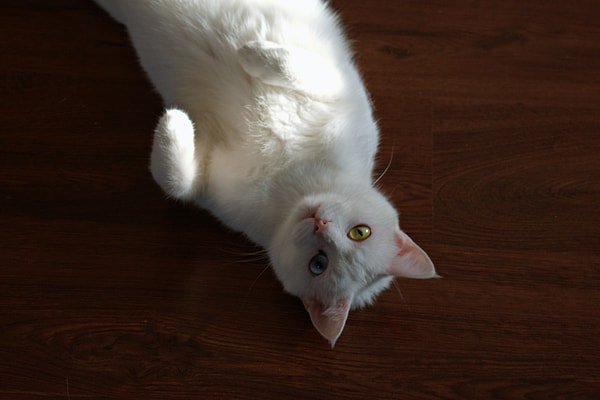
Van cats are very remarkable animals in terms of aesthetics and elegance. The most distinctive features that distinguish them from other cat breeds are the following:
Eye Colour: The most recognisable feature of Van cats is that they have different coloured eyes (heterochromia). One eye may be blue and the other amber. However, individuals with both blue eyes and amber eyes are also seen.
Plumage Colour and Pattern: Their feathers are mostly white. There may be yellowish or grey spots around the tail and ears, but these spots are minimal in pure Van cats.
Coat Structure: They have soft, silky and medium-length hair. Their coat structure varies according to the season; it becomes shorter in summer and thicker in winter.
Body Structure: It has a muscular and athletic structure. Body sizes ranging from medium to large can be seen. They are quite agile thanks to their long legs.
Character Traits of Van Cats
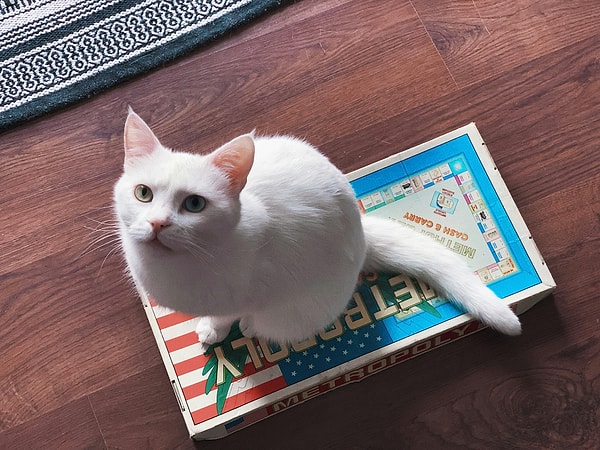
Van cats stand out not only for their physical characteristics but also for their character. They can often exhibit behaviours that cat lovers are not used to.
Their fondness for water: Van cats love to play with water. They are even known as 'swimming cats' because of these characteristics. They have been observed swimming on the shores of Lake Van.
Intelligent and Playful: They are very intelligent and curious animals. They are sensitive to commands, love to play with toys and tend to become attached to their owner.
Owner Loyalty: They can be devoted to their owner to the extent that it can be described as canine loyalty. They exhibit unusual behaviour such as coming when called by name.
Sociability: They usually get along well with people, but like all cats, they can show individual differences. They can get along well with other pets, but some may be more dominant.
Origin and History of the Van Cat
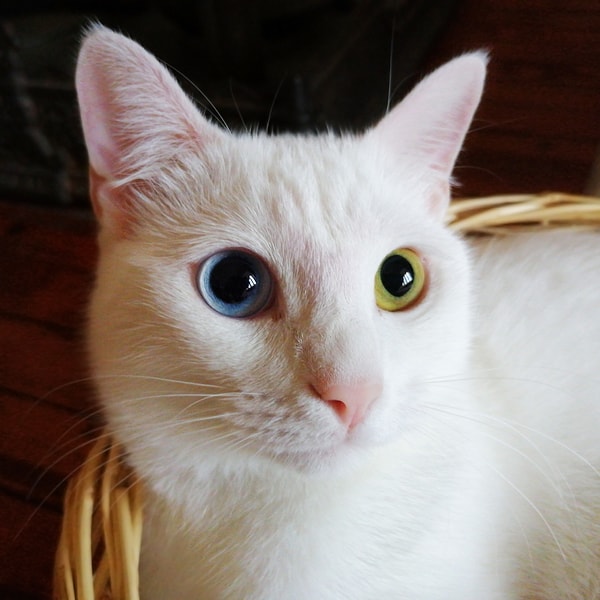
The history of the Van cat is quite old. Known by the local people in Eastern Anatolia for thousands of years, this species has had an important place in the culture of the region throughout history. In some historical documents, it is claimed that Van cats are found in descriptions dating back to the Urartian period. Until the mid-20th century, there was no systematic protection of Van cats, and they started to decline over time.
Since the 1970s, the Van Cat Research and Application Centre, established within Van Yüzüncü Yıl University, has been working to protect this species, maintain its pedigree and increase its population. This centre plays an important role as the official breeding and care centre of Van cats in Turkey.
Van Cat and Its Cultural Importance
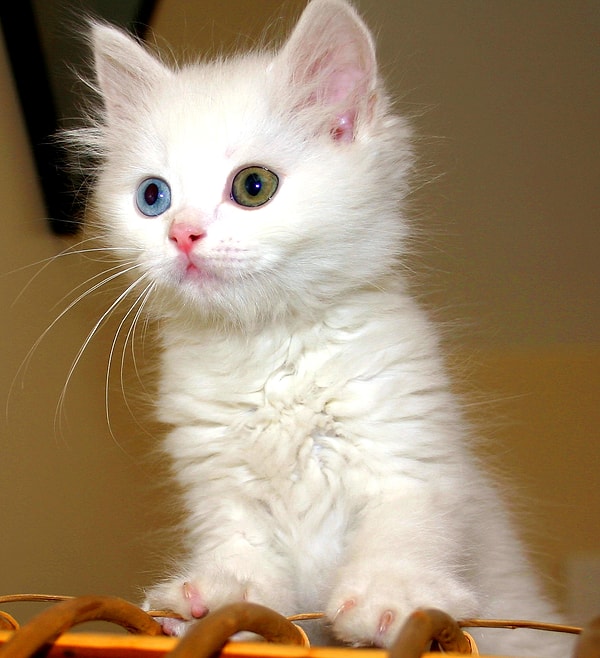
The van cat has a special place in Turkey's cultural heritage. It has been embraced by both local people and the state and recognised as a national value. The Van cat has also been included in official lists as one of Turkey's unique genetic assets.
Van cat figures, statues and souvenirs are frequently seen in Van. At the same time, some football clubs and non-governmental organisations in Van use the Van cat in their logos. Although it is sometimes introduced abroad under the name 'Turkish Van', this name is usually used for a hybrid American breed and should not be confused with the pure Van cat.
How to Adopt a Van Cat?
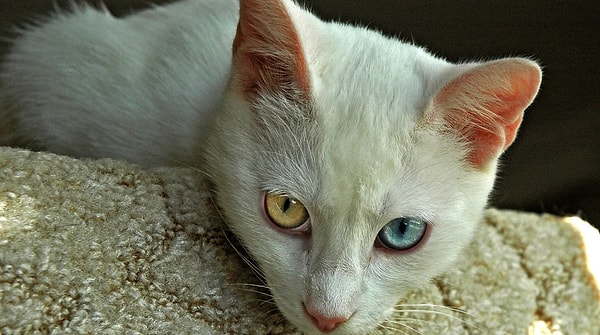
Those who want to have a Van cat should be careful. Because it is very difficult to find purebred Van cats and hybrid cats claiming to be Van cats are often sold in the market.
Real Van cats should only be obtained from official production centres such as Yüzüncü Yıl University Van Cat Research Centre. Production here is controlled by genetic tests and the animals are ensured to grow up healthily.
How to Take Care of a Van Cat
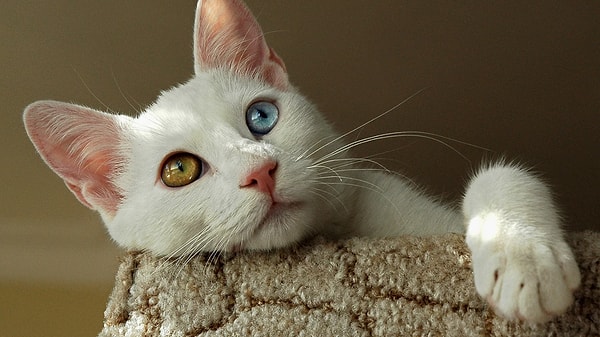
Van cats are not a species that requires special care. However, some issues should be considered for them to be healthy and long-lasting:
Nutrition: Balanced food should be preferred; home food should not be given. High-protein food is ideal for Van cats.
Hair Care: It is enough to comb a few times a week. Hair loss rate may increase during seasonal transitions.
Exercise: Since they are energetic, the need for play is high. Playgrounds should be provided.
Veterinary Checks: Routine health checks and vaccinations should not be neglected.
Socialisation: It should be socialised at an early age. They should be introduced to other pets in a controlled manner.
Conservation and Future of Van Cats
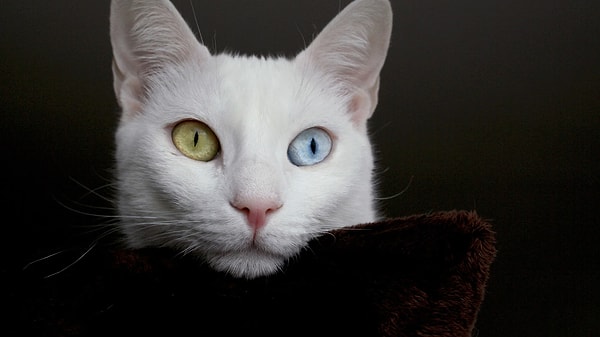
Scientific and social efforts are being made to protect the purebred characteristics of the Van cat and to transfer them to future generations. In Turkey, both the Ministry of Agriculture and Forestry and various universities are working on this issue. In addition, genetic conservation programmes ensure the continuation of the original breed characteristics of the Van cat.
Van people and animal lovers are also very conscious about this issue. Especially for people living in Van, Van cats are a symbol and their survival is seen as a national duty.
Keşfet ile ziyaret ettiğin tüm kategorileri tek akışta gör!

Send Comment